Keystone Ecology
Keystone Habitats
Keystone – making ecology our business
Keystone Marine
Our marine ecological consultancy services include seabed, intertidal and sub-tidal surveys, seabed sampling, biotope surveys and mapping, marine mammal and bird surveys, plankton, fish and benthic surveys, GIS Mapping, Ecological Impact Assessment and the design and implementation of Mitigation, Monitoring and Management Plans.
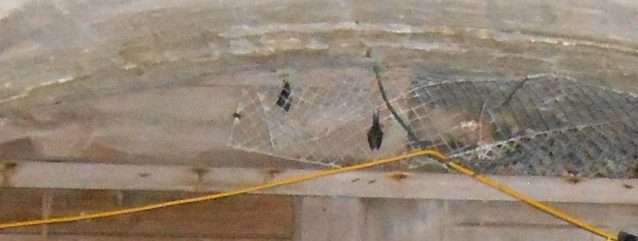

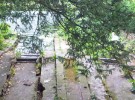
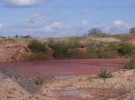


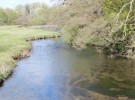
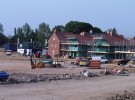
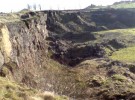
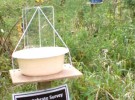
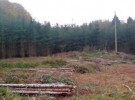
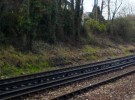
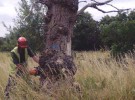
Renovations to Grade II Listed House
Physon Property
Keystone Ecology were commissioned to undertake surveys and apply for and secure an EPS licence for the renovation of a grade II listed house in Gloucestershire, which included Lesser and Greater Horseshoe summer and hibernation roosts.
What did we do?
How did we do it?
What were the outcomes?